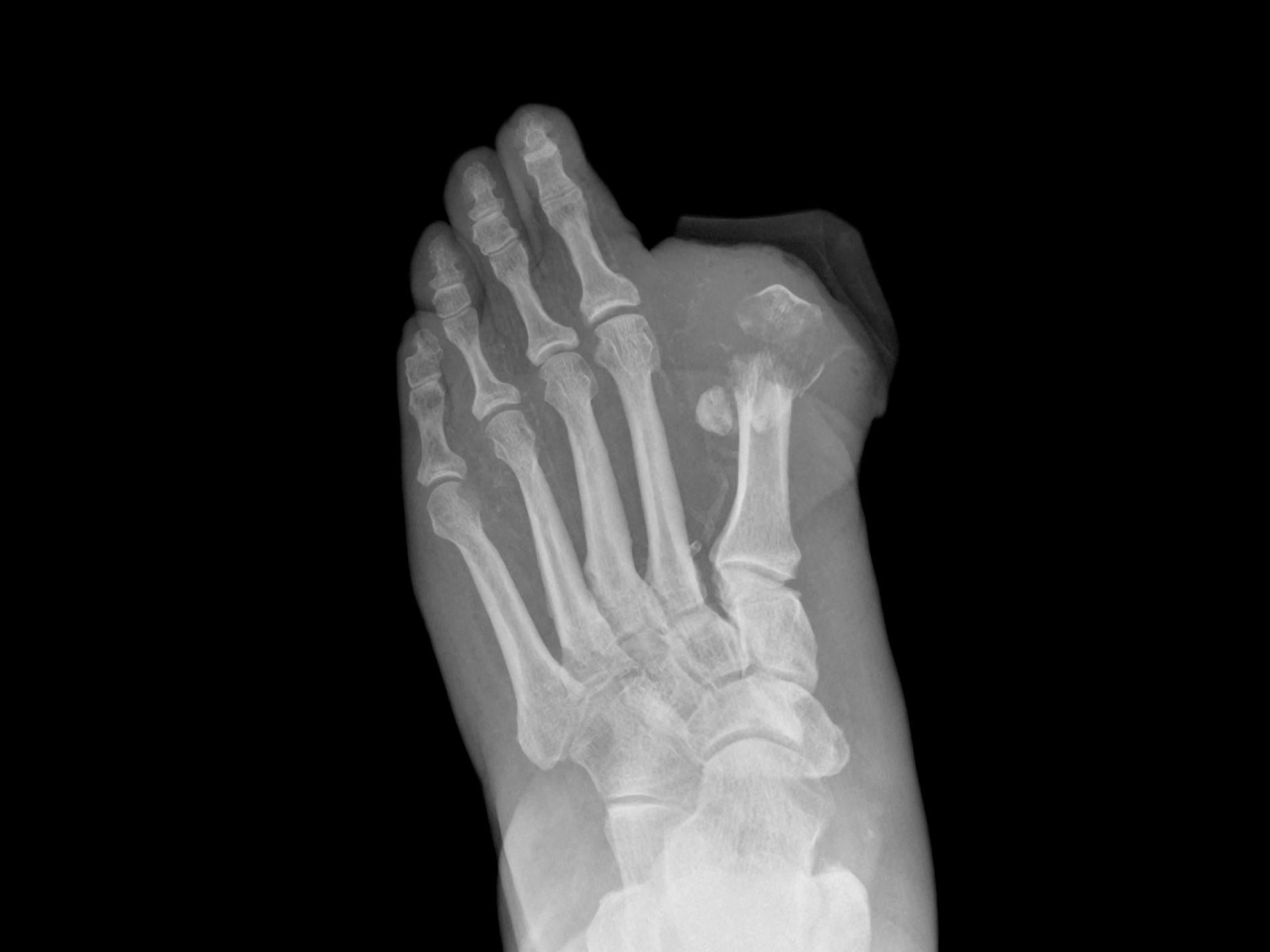Record numbers living with diabetes in UK with 4.7 million at risk of amputations and blindness, charity warns
‘Learning they could lose a leg or go blind from the disease if they fail to look after their health might seem extreme, but it's the truth,’ say obesity campaigners calling for diabetes risks to be taught in school

Your support helps us to tell the story
From reproductive rights to climate change to Big Tech, The Independent is on the ground when the story is developing. Whether it's investigating the financials of Elon Musk's pro-Trump PAC or producing our latest documentary, 'The A Word', which shines a light on the American women fighting for reproductive rights, we know how important it is to parse out the facts from the messaging.
At such a critical moment in US history, we need reporters on the ground. Your donation allows us to keep sending journalists to speak to both sides of the story.
The Independent is trusted by Americans across the entire political spectrum. And unlike many other quality news outlets, we choose not to lock Americans out of our reporting and analysis with paywalls. We believe quality journalism should be available to everyone, paid for by those who can afford it.
Your support makes all the difference.A record 4.7 million people in the UK are living with diabetes, and nearly a million are undiagnosed and unknowingly at risk of foot amputations and losing their vision, charities have warned.
The number of people diagnosed with some form of the condition rose by 6.8 per cent across the UK last year, to more than 3.8 million adults in total, the latest figures from Diabetes UK reveal. Another 900,000 are unaware they have the condition
This is more than double the number 20 years ago and around 90 per cent of these cases are type 2 diabetes, which is preventable in three-fifths of cases.
One in ten Britons over 40 has type 2 diabetes, but it is increasingly being diagnosed in children and the charity said it expects more than 5.5 million people to have the condition by 2030.
People with undiagnosed type 2 diagnosis could be harming themselves with chronically high blood sugar.
“Millions of type 2 diabetes cases could be prevented if we help people understand their risk and how to reduce it,” said Chris Askew, chief executive of Diabetes UK.
“Early diagnosis means that fewer people will experience diabetes-related complications such as sight loss, amputation, kidney failure, stroke and heart disease, because they could seek support to manage their condition effectively as soon as possible.”
By the time they are diagnosed one in three diabetes sufferers already has some complications affecting their nerves, kidneys, feet or eyes.
With 12.3 million at people at risk of the condition, the charity says people should be aware of the early signs and risks. Weight is the biggest factor, but family history is also key, and people from African-Caribbean, Black-African and South Asian backgrounds have up to four times the risk.
Common symptoms include frequent urination, unplanned weight loss, constant thirst and tiredness, and some groups are calling for shock tactics to be used in school to make children aware of these risks.
“The age of diagnosis is tumbling and of the 5.5 million diagnoses projected for 2030, thousands will still be children and hundreds of thousands in their early twenties,” said Tam Fry, chair of the National Obesity forum.
He said this was “truly shocking” and diabetes should be taught in the new health curriculum which is set to be extended to cover topics like sexting and female genital mutilation (FGM).
“Telling them that they could lose a leg or go blind from the disease if they fail to look after their health might seem extreme but it’s the truth,” Mr Fry said.
The Diabetes UK report sets out the areas which are the worst affected. With 10.7 per cent of adults diagnosed, Bradford City NHS Clinical Commissioning Group (CCG) has the highest rates in England – well above the UK average of 6.8 per cent.
It is followed by Harrow CCG and Leicester City CCG, while more affluent London boroughs like Richmond, Camden, and Westminster have the lowest rates (4 per cent or below).
Professor Jonathan Valabhji, national clinical director for diabetes and obesity at NHS England said: “The growing obesity epidemic is dangerous for the nation’s overall health and worrying for the NHS, fuelling growing numbers of people with type 2 diabetes as well as costing taxpayers billions every year.”
However measures set out in the NHS 10-year plan will mean 200,000 people a year can access preventative care.
Join our commenting forum
Join thought-provoking conversations, follow other Independent readers and see their replies
Comments